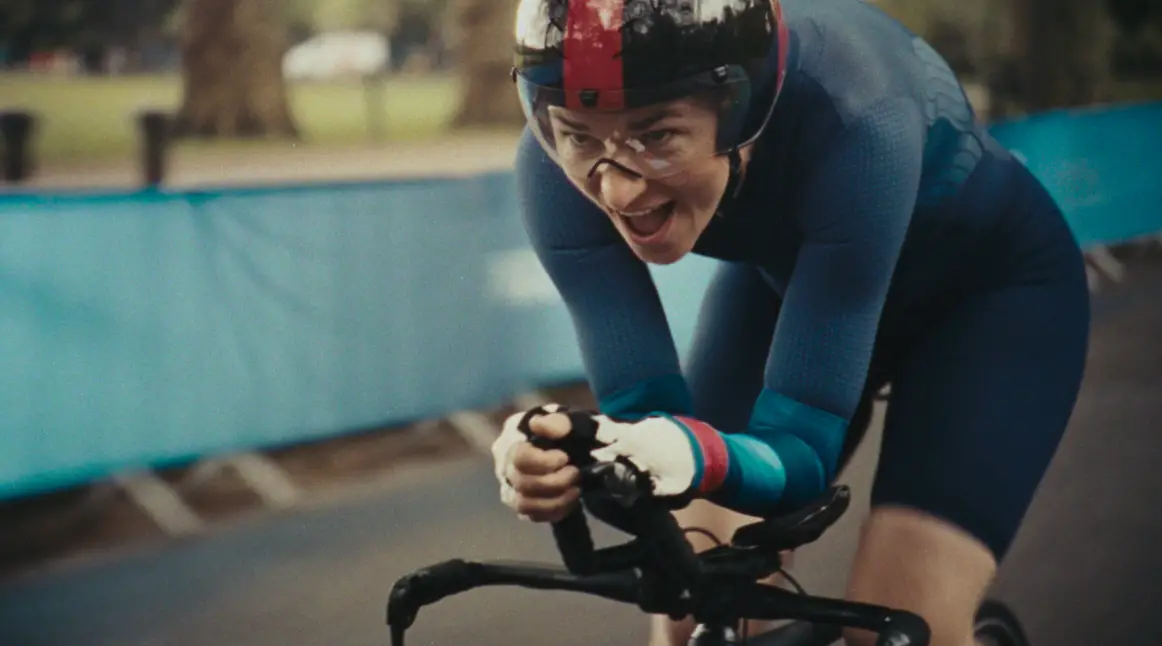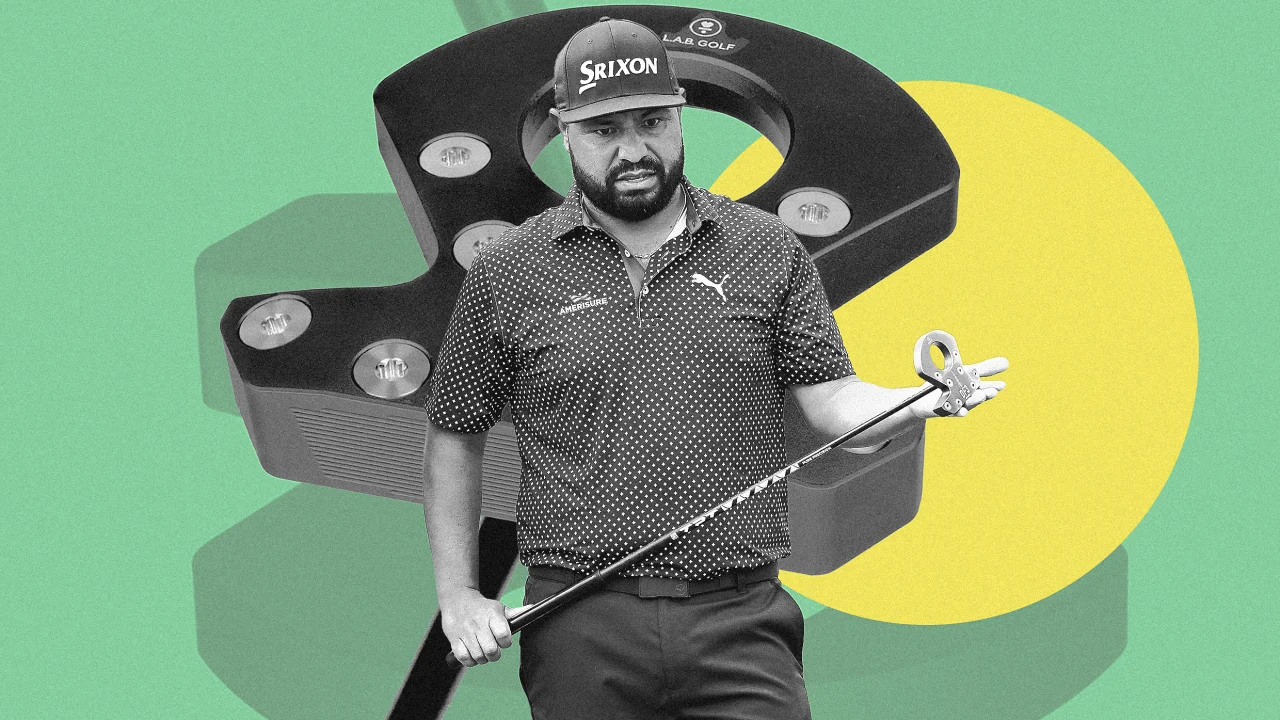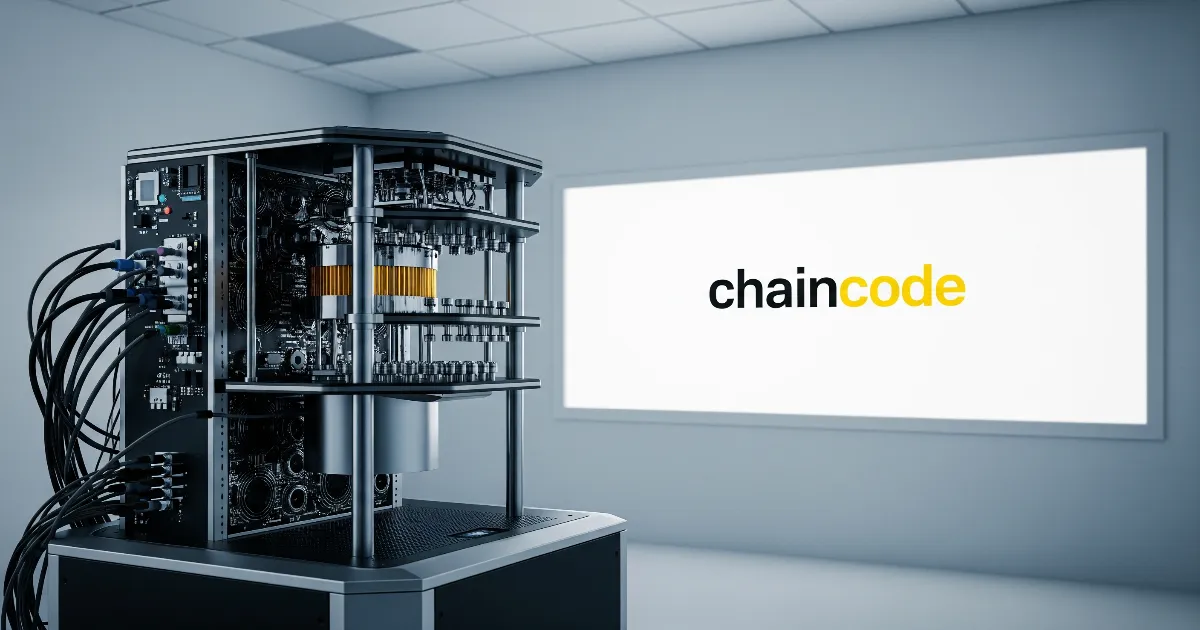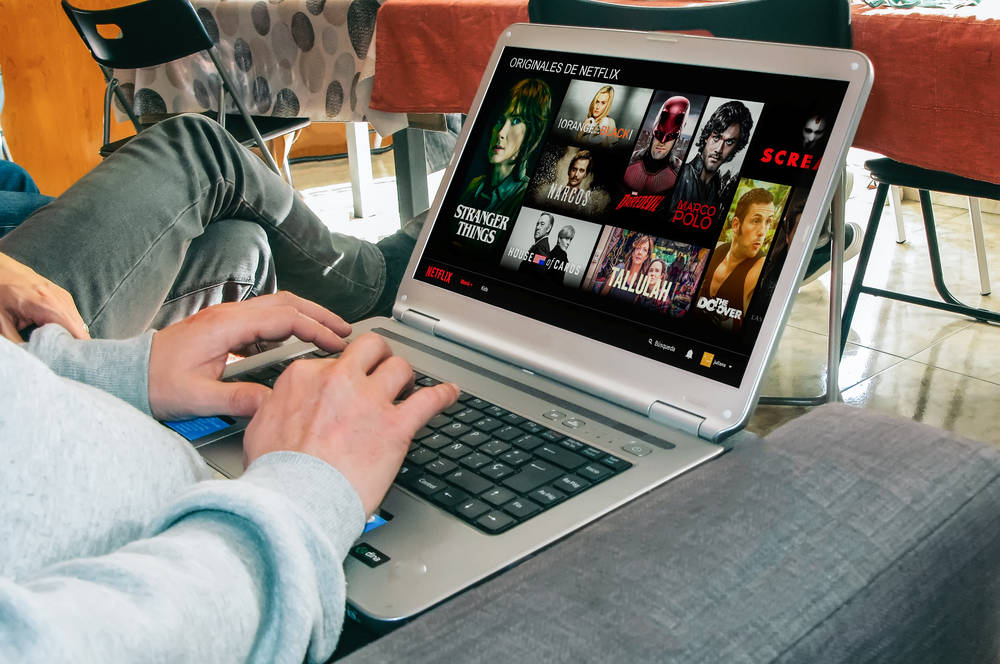Why Your Car's Touchscreen Is More Dangerous Than Your Phone
"Modern vehicles have quietly become rolling monuments to terrible user experience, trading intuitive physical controls for flashy but dangerous touchscreen interfaces," argues the site Cars & Horsepower, decrying "an industry-wide plague of poorly designed digital dashboards that demand more attention from drivers than the road itself." The consequences are measurable and severe: studies now show touchscreen vehicles require up to four times longer to perform basic functions than their button-equipped counterparts, creating a distracted driving crisis that automakers refuse to acknowledge. A Swedish car magazine, Vi Bilägare, conducted a study [in 2022] comparing how long it takes drivers to perform basic tasks like adjusting climate controls or changing the radio station using touchscreens versus traditional physical buttons. The results showed that in the worst-performing modern car, it took drivers up to four times longer to complete these tasks compared to an older vehicle with physical controls... Even after allowing drivers time to familiarize themselves with each system, touchscreen-equipped cars consistently required more time and attention, which could translate into increased distraction and reduced safety on the road.... A seminal 2019 study from the University of Utah found drivers using touchscreens exhibited: - 30% longer reaction times to road hazards - Significantly higher cognitive workload (as measured by pupil dilation) - More frequent and longer glances away from the road The reason lies in proprioception — our body's ability to sense its position in space. Physical controls allow for muscle memory development; drivers can locate and manipulate buttons without looking. Touchscreens destroy this capability, forcing visual confirmation for every interaction. Even haptic feedback (those little vibrations mimicking physical buttons) fails to solve the problem, as demonstrated by a 2022 AAA study showing haptic systems offered no safety improvement over standard touchscreens... A study from Drexel University introduced a system called [Distract-R](), which uses cognitive modeling to simulate how drivers interact with in-vehicle interfaces. It found that multi-step touchscreen tasks increase cognitive load, diverting attention from the road more than physical buttons.... Furthermore, a systematic review on driver distraction in the context of Advanced Driver Assistance Systems (ADAS) and Automated Driving Systems (ADS) highlights that even with automation, drivers remain vulnerable to distraction, especially when interacting with complex interfaces... There's also software reliability issues (even before the issue of "feature paywalls"). But some manufacturers are going back, according to the article. "After receiving widespread criticism, Porsche added physical climate controls back to the Taycan's center console. Nissan's latest concepts feature prominent physical buttons for common functions..." And Mazda eliminated touch capability entirely while moving, "forcing use of a physical control knob... The system reduces glance time by 15% compared to touch interfaces while maintaining all modern infotainment functionality." The article recommends consumers prioritize physical controls when vehicle shopping, seeking out models with buttons. But there's also "aftermarket solutions," with companies like Analog Automotive "developing physical control panels that interface with popular infotainment systems, bringing back tactile operation." Another option: voice commands (like on GM's latest systems). "Ultimately, the solution requires consumer pushback against dangerous interface trends.... The road deserves our full attention, not divided focus between driving and debugging a poorly designed tablet on wheels." Thanks to long-time Slashdot reader schwit1 for sharing the article. Read more of this story at Slashdot.

Read more of this story at Slashdot.




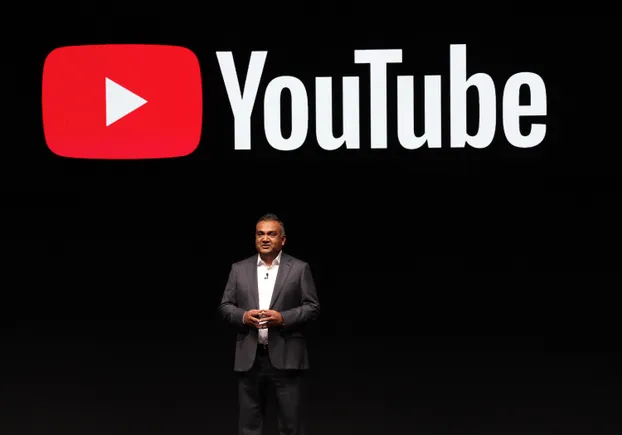
![The Largest Communities on Reddit [Infographic]](https://imgproxy.divecdn.com/vfTS-YsC_ZrqM6F4tAXJgV6qj3gCHSsf2dvHufDbrrQ/g:ce/rs:fit:770:435/Z3M6Ly9kaXZlc2l0ZS1zdG9yYWdlL2RpdmVpbWFnZS9sYXJnZXN0X3JlZGRpdF9jb21tdW5pdGllczIucG5n.webp)








